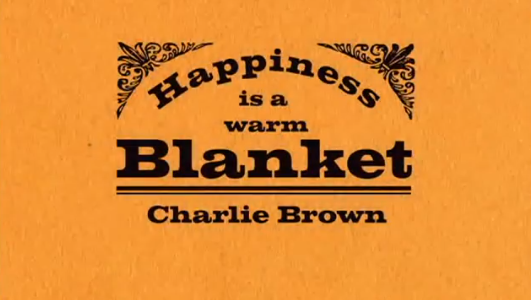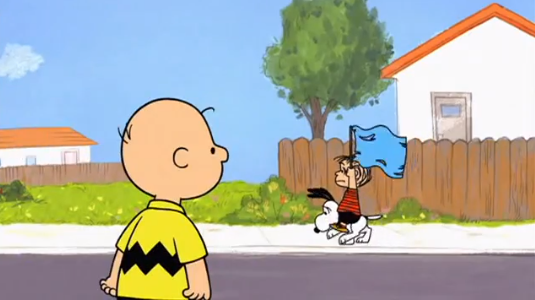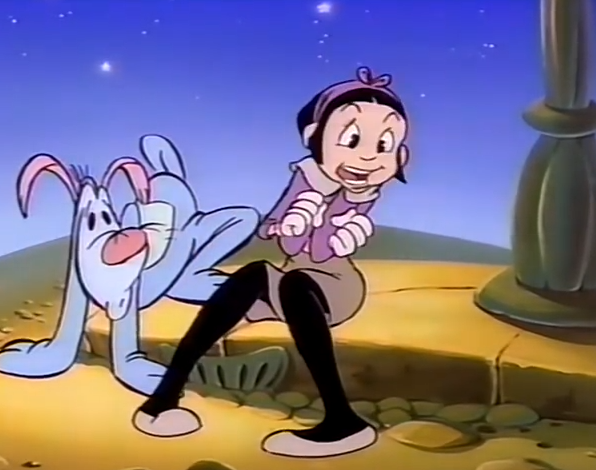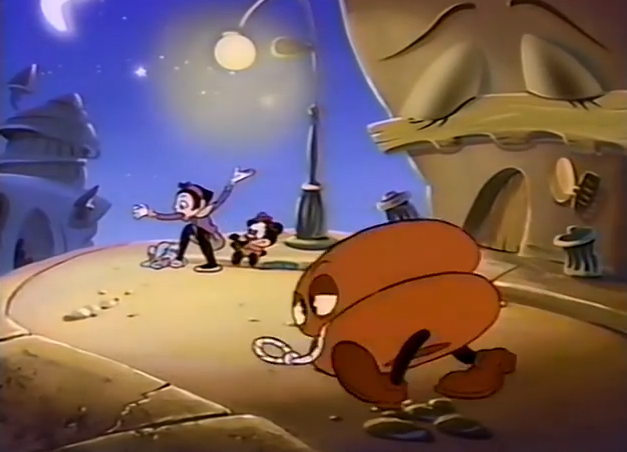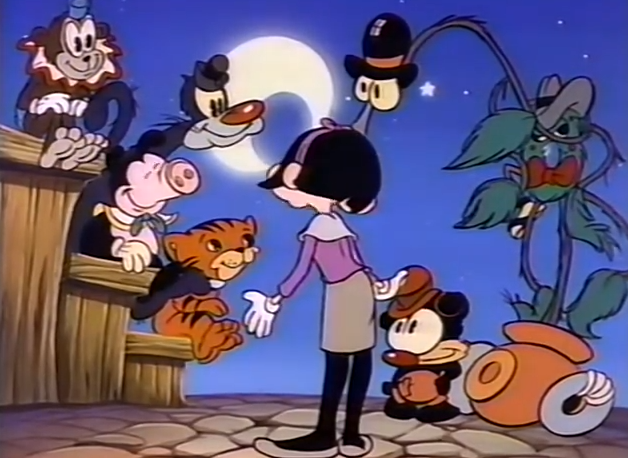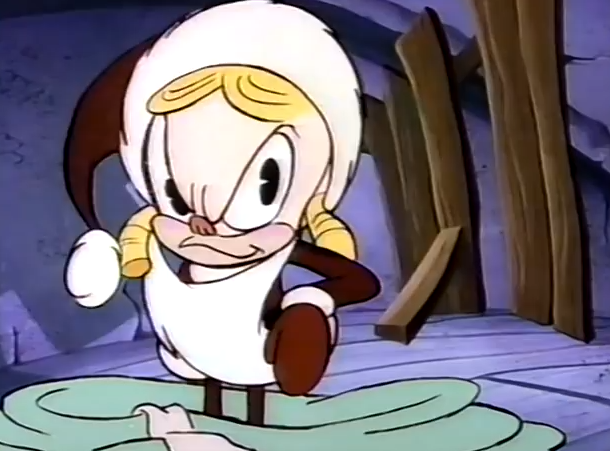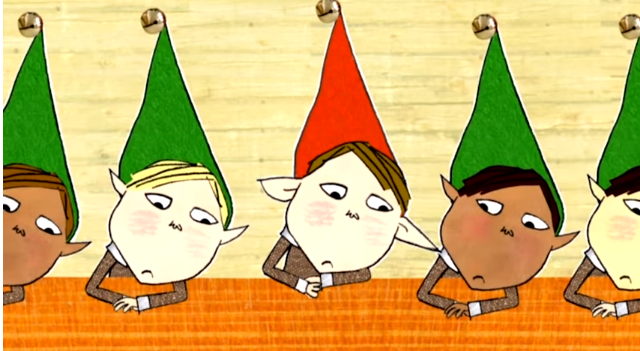Joshuaonline's Essays
There has been much said on what "killed" off the Saturday Morning network children's television programming block, so much you can find them on Youtube and other places easily, but we are going to a different side of this, what caused the end of Weekday children's programming (that is not PBS) on over the air television?
The Animaniacs were a weekday cartoon during their run.
The Early Days
Weekdays, after school, was the prime time for children and teens because they had just gotten out of school and television stations hope that maybe they would spend a little tile watching their channel instead of doing other things. Kind of like, how networks felt that daytime television was a way to target housewives. Weekday mornings , before school, was also a prime time location for children targeted programming.
NBC used to offer children-targeted programming on weekdays from the start of their television broadcasting to 1956, yes they gave up really early on Weekday cartoons. Alot of the NBC, ABC, CBS affiliates did their own local children's shows around this time as well. "Captain Kangaroo" ran CBS weekday mornings from 1955 until the 80's it was the only consistent thing about CBS' morning programming in their history.
With daytime television for the affiliates being mostly done by the networks (though local stations could preempt for what they wanted to do) Non affiliated, also known as - independent stations, saw an market they could go for, Children's TV. WGN-TV had the famous Bozo's Circus. So programs that were targeted to the children's market were strong on weekdays as much as Saturdays.
I would still say that focus for makers of programs for Children were weekends, more than weekdays, meaning they'd the more "quality" or newer programming on Saturdays and weekdays was for repeats and lower budget programming. Independent stations would sometimes compete against other one or two doing the same kinds of programming. (In many television markets in the 50's to 80's they had more than 3 commercial stations and could just as many indies. )
The 80's
The peak for syndication market , would have to be the 1980's probably the best time there ever will be for syndicated television in the United States. This in general , but the children's television market also got a boost in the 1980's. One thing that happened in the late 70's and 80's was that there were more independent stations popping up , in mid-sized and smaller markets. That means there was more market for syndication to try to get some audience it needed.
Afternoon cartoons were those traditional things like "Tom and Jerry" , "Looney Tunes", and more but there was something coming to add to this. In 1983 the first cartoon series made just for syndication started. "He-Man and the Masters of the Universe" was made by Filmation in conjuction with Mattel (more on that in a second). Another series, by DIC also started this same year, "Inspector Gadget"
These shows were made with weekday in mind, instead of the network model where they seemed to let a show run for 13 episodes (13 Weeks) then give up and repeat them until the new season and maybe that series would return or they just finished up and went on to something, these series were made with 65 episode target. 65 episodes means you could do 5 new episodes a week for 13 weeks, then repeat them. "He-Man" proved popular enough to have two seasons and 130 episodes. "Gadget" had two seasons reaching 83 episodes.
When I mention Mattel ,this is important, the 80's also started a trend that wasn't allowed before, Cartoon series based off toys. Mattel made the He Man toys and a great way to promote them is a TV series, She-Ra too. In the 1950's alot of children's programming , like alot of television at the time in general was run by the sponsor companies. Later there were regulations placed to not allow this. But the 1980's meant alot of deregulation and one of the things deregulated was children focused television. I may talk about that in some more detail at some later point.
So the idea of a program that could be based off a toy line was able to be added to television in the 1980's. The main 3 networks were kind of iffy on allowing these kind of shows on their Saturday Morning line up, but an independent station who is more in need for content, and reruns of "My Mother the Car" doesn't do it, this became a match made. Hasbro made TV series based off their toys like "My Little Pony". These programs became successful and this may have seed something that I will to later.
A new broadcast network was launched in 1986 , called FOX, most of it's early stations were these independents but since Fox has limited scheduling (as a nice work around the rule against having a broadcast network and a production company being co-owned) the former indie stations still had alot of time to program themselves including the afternoon, and they could continue with their children's programming.
1987 Changes Everything
I personally think the success of shows based off toys showed Disney the syndication market can be a viable way of making getting into television making. Disney had made their first animated TV Series, "Gummi Bears" in 1985, but that was for NBC, this was something different. In 1987 they launched "Ducktales". "Ducktales was different than other series in this market, it wasn't there to sale Ducktales toys, or based of a toy line (though there may have been toys after because of the popularity). Disney putting their hat in the weekday animation game was the beginning of a big change. Ducktales proved popular where Disney made a whole new syndicated block - The Disney Afternoon. (Which I've written about before)
Like a FOX
FOX decided to jump into the weekday and Saturday game in 1990 ,with FOX Kids (I've written about before) FOX affiliates didn't really have to dip into the syndication market as much , Disney Afternoon could have stayed on their stations but in many markets it moved to the remaining indies. and any remaining syndicated programming could have moved off these stations as well. Fox provided by 1993 , 3 hours a weekday of programming there were some who also had morning blocks. Thanks the removal of the regulation that FOX worked around in the 80's a production company could now own a network, so Warner Brothers and Paramount saw and opening, this is also how Disney could buy ABC. In 1995 Warner Brothers launched the WB network and Paramount/ Viacom launched UPN. Most of these affiliates were former indies and they incorporated their children's blocks time slots for their own uses of launching Kids WB and UPN Kids. This included weekday afternoons and mornings.
Now the what killed part , after the jump


